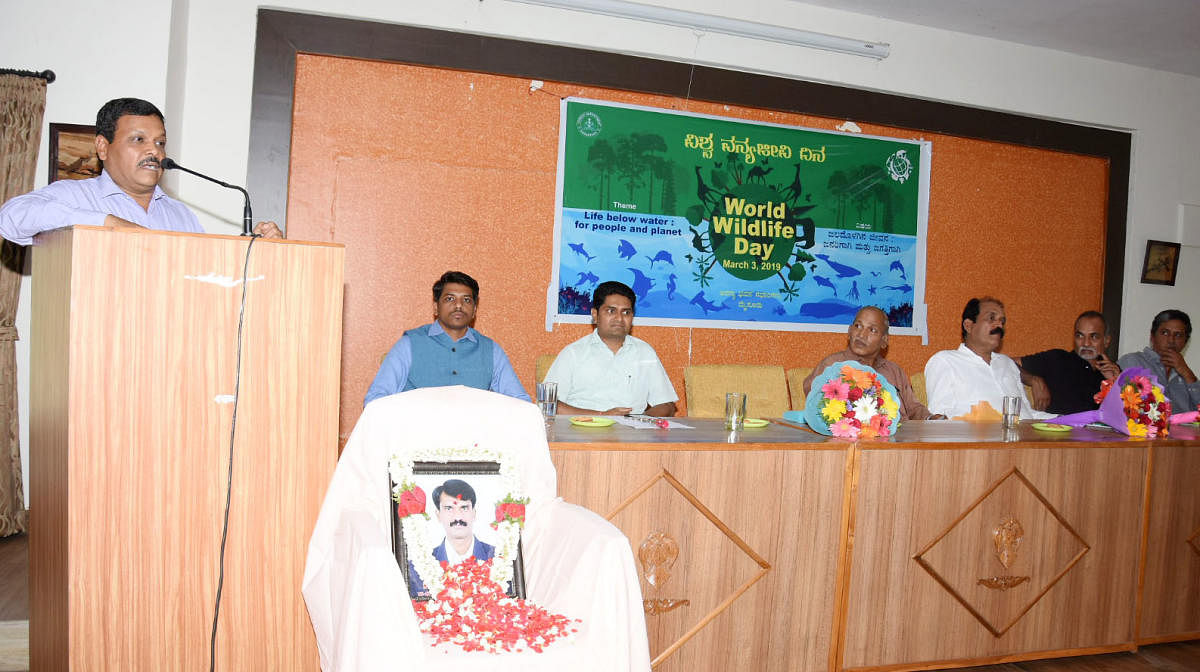
“Man is directly responsible for the decline of several endangered species,” wildlife photographer Senani felt.
Speaking at a programme organised in memory of late IFS officer S Manikandan and World Wildlife Day at Aranya Bhavan, here on Sunday, Senani said,”As per the UN reports, nearly 18 million hectares of forest land is being destroyed every year, and three animal species are left on the verge of extinction every day.”
Speaking about the river-linking project, Senani opined that interlinking of rivers would affect the aquatic species. Nature will take its own course if the harm on the environment continues, he warned.
Ground action vital
Additional Principal Chief Conservator of Forests, B P Ravi, said, “Forest personnel should understand the forest landscape. This will help while handling various operations, like a forest fire.”
He suggested that the department should prioritise a participatory approach, involving the NGOs, volunteers, domain experts and prepare the standard operating procedure to tackle crisis like the forest fire. The ground action during the crisis is very important. He also suggested avoiding the counter fire, one of the methods used to control wildfire.
Chief Conservator of Forests Ambadi Madhav stressed on protecting the forest resources. The human-animal conflict is on the rise as there is no sufficient food available for the animals in the forest and they stray into human habitat in search of food. He also urged the government to fill around 40% vacant posts in the Forest department.
Eight years to recover
Wildlife photographer Krupakar opined that 15,000 hectares of forest that was destroyed at Bandipur in the recent wildfire would take seven to eight years to restore.
As the fire destroys the soil fertility, it would require a few years to get back to normalcy, he said.
Krupakar said that the scientific researches say wildfire destroys microorganisms in the soil, which is essential to retain the nutrients. He ruled out any possible wild animal deaths in the Bandipur fire incident.